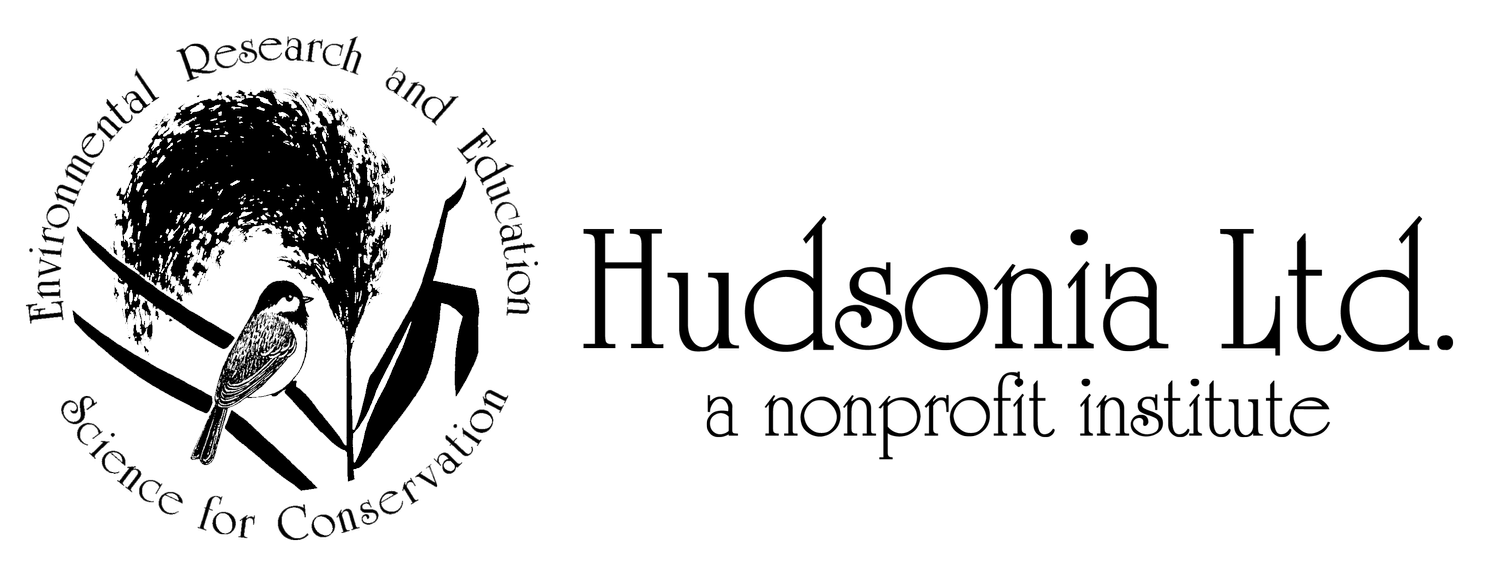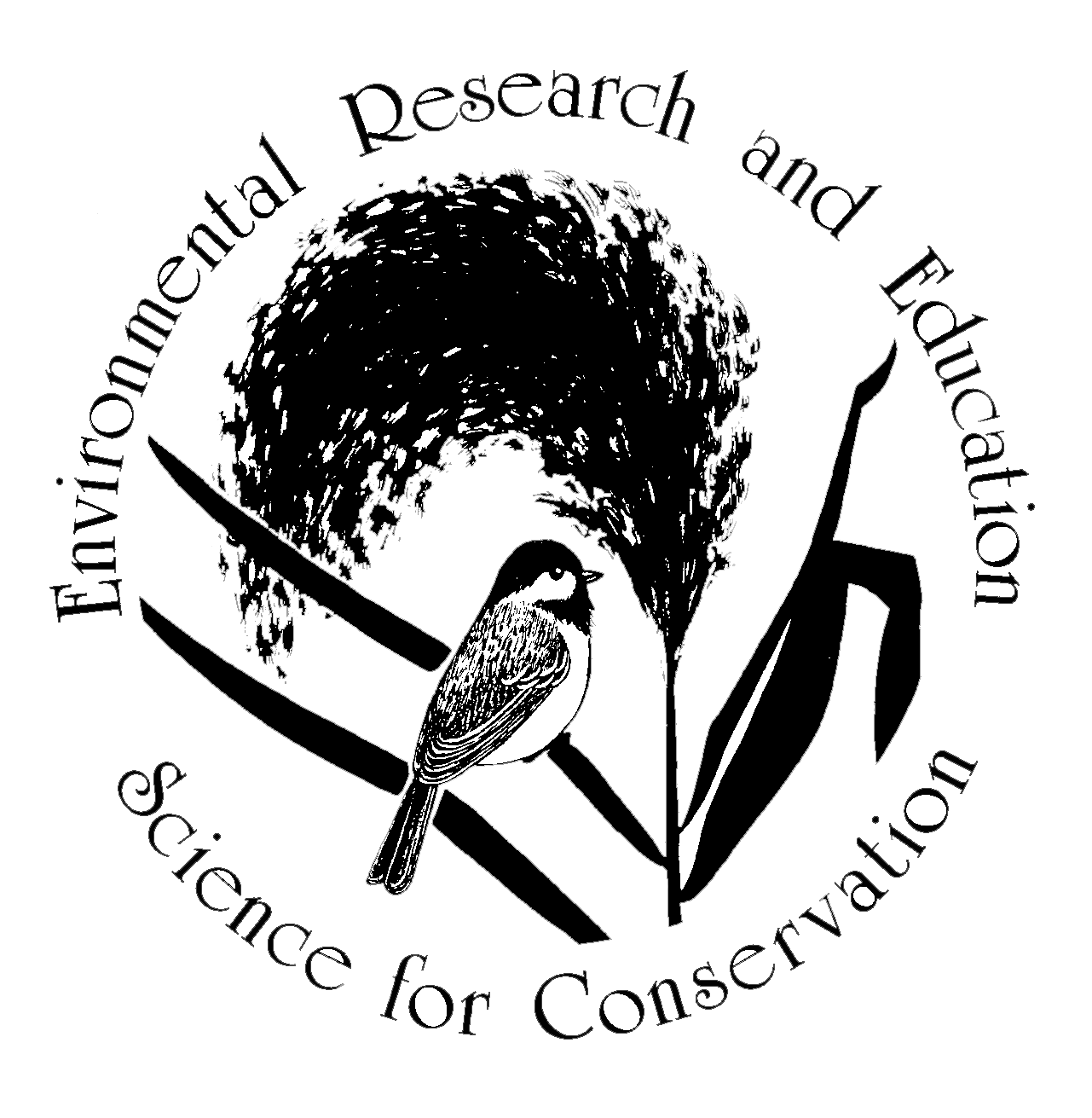
Welcome to Hudsonia. Thank you for visiting.
Four decades ago, three regional ecologists founded Hudsonia with the shared goals of:
Protecting the natural heritage of the greater Hudson Valley, the Catskill Mountains, the New York Metropolitan region and beyond, by making accurate conservation science accessible to those deciding the future of our landscapes;
Studying urban greenspaces, rural lands and wildlands, and documenting the outdoor spaces accessible to urban populations;
Bringing what we learn in the field to the broader conservation discussion by advancing effective strategies, including the use of gentle, non-toxic vegetation management methods that aim to balance the services and dis-services of non-native or overabundant species, and emphasizing the importance of functioning habitats supporting rare and still abundant wildlife and plants in all landscapes;
Educating, training, and assisting environmental professionals in public and private agencies; and
Observing and recording the native and non-native species of our region in ways that are and will be useful to field scientists working to make sense of our unknown future, with gratitude to those whose past work guides us as we carry on the vision of founders.
Our research has a goal: Helping you understand your landscape, with its streams, forests, wetlands and towns; and in cities, understanding the species, many rare, sheltering in green spaces or in built structures that mimic natural habitats. We work to ensure that stewards of our lands have the knowledge to avoid, for example, plowing through critical habitats of a rare regional species for a project that could be adapted to protect that species, or located elsewhere. This frontline of conservation science values the importance of habitats and species already in place, even if not where we expected them.
Our projects are funded by diverse public and private sources—landowners, foundations, businesses, nonprofit organizations, citizens’ groups, and government agencies. All Hudsonia projects contribute to the education of the public on environmental matters, and also generate scientific data that are used in a variety of ongoing studies of, for example, the distribution and conservation of rare plants and animals, the ecology of streams and wetlands, the ecology of invasive plants, and the environmental relationships of human populations.
We believe that the limited funds allotted to environmental studies must also be used to increase scientific knowledge and to discover effective solutions to management problems. This feedback loop is central to our mission, as is providing sound science to communities who historically may have had limited access to the benefits of conservation research.
We also foster the next generation of conservation scientists who will build on the work we have done. Many of our interns and former employees have gone on to take important positions in conservation groups, both public and private, and we are confident they have had the best training possible.
So, why did we choose the chickadee for our logo, or more accurately, why is that chickadee perched on common reed, Phragmites australis?
Reed is often considered a pest in North America, although it was extensively used by indigenous peoples. In the Old World, reed stands are valued as wildlife habitat and as a resource for human use including thatch, pulp, food, fuel, fodder and weaving material. Seventy species of birds have been reported to breed in reed stands in North America, and reed is often well-used by roosting birds and other wildlife. In the Hudson Valley, black-capped chickadees forage on reed stalks for a scale insect that lives under the leaf sheaths. And reed beds provide important ecological services, filtering heavily polluted water, punching above their weight in carbon sequestration, and stabilizing coastlines in rising waters.
Good science requires an open mind, and the ability to value that which is already there. Rethinking our relationship with common reed exemplifies our mission.
And here’s co-founder Robert Schmidt on the tesselated darter.



